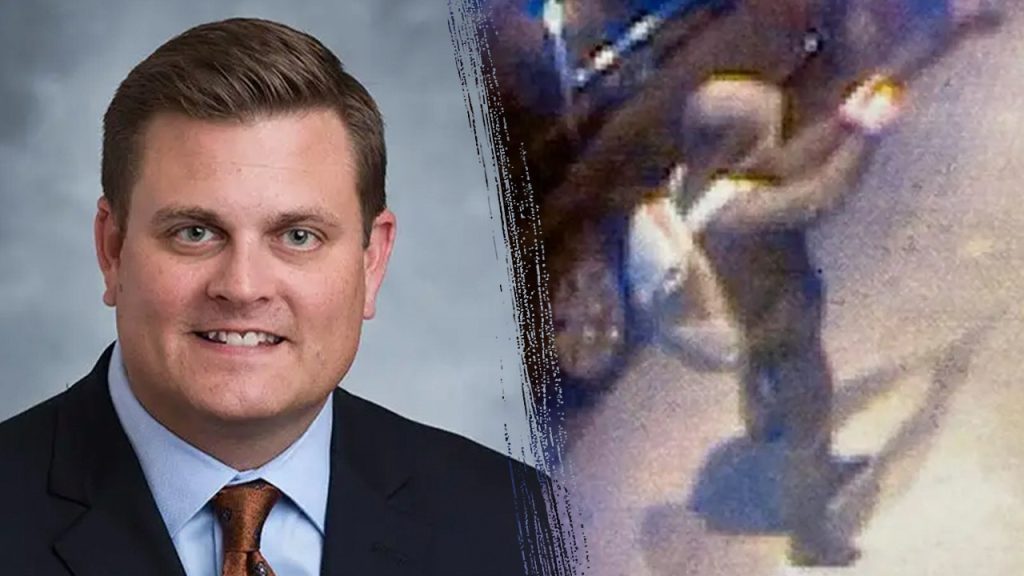The assassination of UnitedHealthcare CEO Brian Thompson in Manhattan triggered a comprehensive manhunt by the NYPD, employing a sophisticated investigative strategy that leverages technology, traditional detective work, and public engagement. The killer, captured on surveillance footage dressed in concealing black attire, left behind a trail of evidence, including a discarded phone, a purchased water bottle, cryptic messages on shell casings, and images revealing his face at a hostel. These clues form the foundation of a multi-pronged approach to identifying and apprehending the perpetrator.
A primary focus of the investigation centers on the digital footprint left by the killer. The abandoned phone, containing valuable fingerprints and potentially crucial data, is being meticulously analyzed. Investigators are also retracing the killer’s movements through surveillance footage, hoping to piece together his path leading up to the ambush and his escape route. Facial recognition software is being employed to match the hostel images with existing databases, possibly leading to a quick identification through driver’s license or passport photos. The words found on the shell casings, “deny,” “depose,” and “defend,” are being examined for their potential meaning, whether a coded message to a specific audience or a deliberate attempt to mislead investigators.
Concurrently, a deep dive into Brian Thompson’s personal and professional life is underway. Investigators are constructing a “victimology,” a comprehensive profile of the victim that includes his relationships, potential enemies, and any known threats. This involves interviewing family members, friends, and colleagues, meticulously building a web of connections to identify potential suspects and motives. Prior reports of death threats received by Thompson are being scrutinized for any links to the assassination, examining the content, mode of communication, and any discernible patterns. This detailed background check aims to narrow down potential leads and determine whether the attack was random or targeted.
Forensic science plays a critical role in the investigation. Fingerprints and DNA collected from the discarded phone, water bottle, and shell casings are being compared against national databases. A match could quickly lead to the killer’s identification, particularly if they have a prior criminal record. If the initial forensic analysis proves inconclusive, investigators may resort to genealogical DNA profiling, using DNA ancestry services to identify potential relatives of the killer. This cutting-edge technique has proven successful in solving cold cases, offering a powerful tool when traditional methods reach an impasse.
Public cooperation is another vital component of the investigation. The NYPD has released images of the person of interest and is offering a substantial reward for information leading to an arrest. Investigators are banking on the public’s ability to recognize the individual, even with the attempted disguise. Someone, they believe, may recognize the killer’s facial features, mannerisms, or even the distinctive clothing worn during the attack. The widespread dissemination of images, coupled with the financial incentive, aims to leverage the power of collective observation and community involvement.
The investigation is unfolding on multiple fronts, with specialized teams simultaneously pursuing various leads. One team is focused on gathering and analyzing surveillance footage, meticulously tracing the killer’s movements before and after the shooting. Another team is delving into Thompson’s life, piecing together his relationships, conflicts, and any potential threats. A third team is dedicated to forensic analysis, meticulously examining the physical evidence left behind. This coordinated effort, involving multiple agencies and diverse expertise, demonstrates the NYPD’s commitment to solving this high-profile case.
The NYPD remains confident that the killer will be apprehended. The abundance of physical evidence left at the scene, combined with sophisticated investigative techniques and public assistance, gives them reason for optimism. The investigation, though in its early stages, is progressing rapidly, leveraging technology, traditional detective work, and the power of public engagement to bring the perpetrator to justice. While the motive remains shrouded in mystery, the meticulous pursuit of evidence and the collaborative investigative approach suggest that the answers may soon be revealed.


